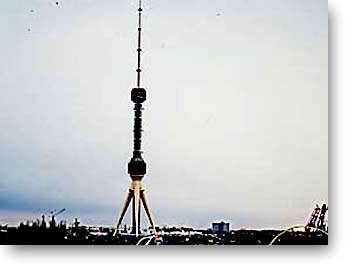| |||
| . |
Tashkent is the capital of Uzbekistan with the population of nearly 3 000 000. It is the largest city in Central Asia and a multicultural city, with a divesity of different nations living together peacefully. Tashkent has two faces: modern and ancient. Presumeably the city dates from the 2nd or 1st century BC, however the name Tashkent - meaning "stone fotress" - dates only from the 11th century AD. Tashkent became a Muslim city in the 8th century AD, and was an important commercial center during the Middle Ages. Wars and natural calamities have swept most of the buildings dating back to the time of the ancient city. Among the survivors are: The Kukeldash Madrassah (XVII c.), the Sheikhantaur Ensamble (XV c.) and the Khazrati- Imam Complex (XVI c.). The city encountered many invadors: in 1220 the city became part of the empire of Genghis Khan and later in 1865 part of the Russian empire. During the period of Soviet Union Tashkent became the capital of the Uzbek Soviet Socialist Republic in 1930. The city's growth was spurred in World War II, when many industries were evacuated there from the European part of the USSR. A devastating earthquake in 1966 struck Tashkent, but the city was largely rebuilt. With the collapse of the Soviet Union in December 1991 Tashkent became the capital of the nation of Uzbekistan and heart of the nation. Today's visitors will find the city rich with culture that includes opera, theater, an Academy of Sciences, museums, a major soccer stadium, prestigious universities and colleges. With an abundance of fountains and parks, the city is a lush oasis in arid Uzbekistan. Tashkent is also the center of the international cinema festival of the countries of Asia, Africa and Latin America. The government of Uzbekistan pays special attention to rebuild the city. Since its indepence, Tashkent changed heedfully: the beauty of the city is growing day be day. |
   |
 |